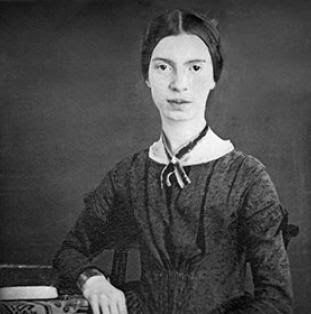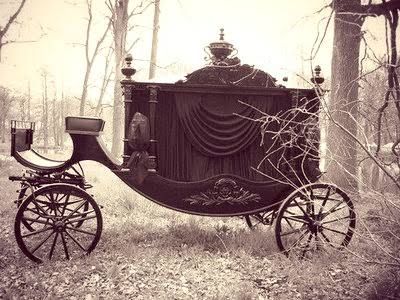Poem Analysis: Because I Couldn't Stop For Death
Jun 29, 2019 • 199 views

Because I Could Not Stop For Deathis one of the longest and most fascinating poems of Emily Dickinson. Her all poems were drafted without a title and only recieved a title when published, after she died in 1886. Therefore the title of this poem also comes from the first line.
The poem is a 6 stanza poem with full rhymeand is full of dashes between and at the end of lines which is typical Emily Dickinson's fashion. She chooses the subject of Death and is also dealt with an odd, imaginative way where the poet takes the reader on a mysterious journey. Therefore the predominant theme of the poem is death, a personal encounter with the character Death, who is a male and drives a carriage. The carriage is a special transportation from one world to the next.
Because I could not stop for Death –
He kindly stopped for me –
The Carriage held but just Ourselves –
And Immortality.
We slowly drove – He knew no haste
And I had put away
My labor and my leisure too,
For His Civility –
We passed the School, where Children strove
At Recess – in the Ring –
We passed the Fields of Gazing Grain –
We passed the Setting Sun –
Or rather – He passed Us –
The Dews drew quivering and Chill –
For only Gossamer, my Gown –
My Tippet – only Tulle –
We paused before a House that seemed
A Swelling of the Ground –
The Roof was scarcely visible –
The Cornice – in the Ground –
Since then – 'tis Centuries – and yet
Feels shorter than the Day
I first surmised the Horses' Heads
Were toward Eternity –
In this poem Death becomes a carriage and a driver and from this poem we can take it that the speaker has no fear of Death. And here Death is kind, drives with care and the poet has a formal politeness about him.

The use of the dash is the most striking feature of this poem that is used to temporarily pause a sentence or clause, where the reader takes a breath before continuing. This tends to isolate a phrase in a manner different to, say, a comma or colon and is used frequently by Emily Dickinson in most of her poems.
In this poem regular four beat or three beat rhythm in each quatrain which helps reinforce the idea of a steady drive in a horse-drawn carriage and the rhyme scheme isabcb, each second line being full or slant with the fourth line: me/immortality, away/civility, ground/ground, day/eternity.
In stanza four the rhythm is changed and as the Sun passes them both of them feels the chill and the speaker feels she is under dressed for this journey. She wears a tippet which is a long cape or scarf and a tulle which is fine silk or cotton net. The carriage crosses the school where the children gather to work out their futures which shows that Death is giving her time to get nostalgic and the setting sun is a clear indication of cold and chill which has direct link with death or the world beyond and the passenger suddenly feels cold as the light and warmth fade and the imagery is particularly strong.

In the fifth stanza the carriage pauses before a House that seemedswelling on the ground because a complete part of the house buried where only the roof is partially visible, the crowning point is in the ground.
In the sixth stanza the speaker says that it was so many years ago but she still feels the memory as fresh and it feels as if it happened on that very day. She believes that it is the day she died when the horses’ of the chariot were pointing her towards eternity. It is the reason for the inclusion of “Immortality” in the first stanza, as death though appears to be a gentleman apprehends the soul for eternity and one has to journey through without any respite.
Though the poem Because I could not stop for Death deals with heavy subjects such as death, time and eternity still Emily Dickinson deals with them in a simple manner so that the intention of the poem is clearly visible to the reader.
